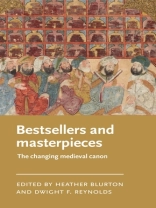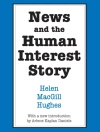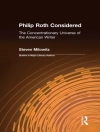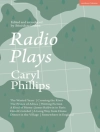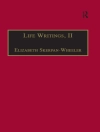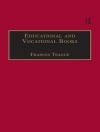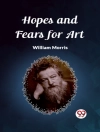Bestsellers and masterpieces: The changing medieval canon addresses the strange fact that, in both European and Middle Eastern medieval studies, those texts that we now study and teach as the most canonical representations of their era were in fact not popular or even widely read in their day. On the other hand, those texts that were popular, as evidenced by the extant manuscript record, are taught and studied with far less frequency. The book provides cross-cultural insight into both the literary tastes of the medieval period and the literary and political forces behind the creation of the ‘modern canon’ of medieval literature.
Innehållsförteckning
Introduction – Heather Blurton and Dwight F. Reynolds
Part I: Hanging by a thread: unique manuscripts and their place in the ‘modern’ medieval canon
1. Contemplating books with Usama ibn Munqidh’s Book of Contemplation – Paul M. Cobb
2. Dons and dragons: Beowulf and ‘popular reading’ – Daniel C. Remein and Erica Weaver
3. Ibn ?azm’s ?awq al-?amama (The Neck-Ring of the Dove) – Boris Liebrenz
4. ’Thirty pieces of silver’: interpreting anti-Jewish imagery in the Poema de mio Cid manuscript – Ryan D. Giles
5. ‘Let no bad song be sung of us’: fame, memory and transmission in/and the Chanson de Roland – Sharon Kinoshita
Part II: Medieval bestsellers: reading the ‘medieval canon’?
6. World literature and its discontents: reading the life of A?iqar – Daniel L. Selden
7. The Alexander Romance in the age of scribal reproduction: the aesthetics and precariousness of a popular text – Shamma Boyarin
8. Wisdom literature and the medieval bestsellers – Karla Mallette
9. Lost worlds: encyclopedism and riddles in the tale of Tawaddud/Theodor – Christine Chism
Index
Om författaren
Jocelyn Wogan-Browne is Thomas F.X. and Theresa Mullarkey Chair in Literature at Fordham University
